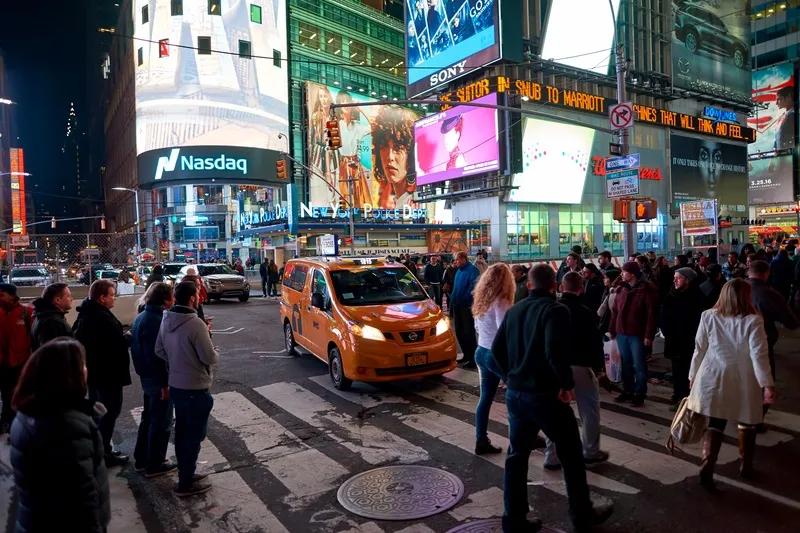
In terms of individual US states, Arizona has the highest rate of red-light running fatalities per capita, while New Hampshire has the lowest rate. In all, 46% of those killed were passengers or people in other vehicles and more than 5% were pedestrians or cyclists. Just over 35% of the people who died were the drivers who ran the red light in the first place. “Drivers who decide to run a red light when they could have stopped safely are making a reckless choice that puts other road users in danger,” said Dr. David Yang, executive director of the AAA Foundation for Traffic Safety. “The data shows that red-light running continues to be a traffic safety challenge. All road safety stakeholders must work together to change behaviour and identify effective countermeasures.”
The question of behaviour is an interesting one: in the AAA Foundation’s latest Traffic Safety Culture Index, the vast majority (85%) of drivers said red-light running is “very dangerous”. Yet nearly one in three say they drove through a red light within the past 30 days when they could have stopped safely. The perception of enforcement seems to be a major issue: more than two out of five believe it is “unlikely they’ll be stopped by police” – despite the potential cost in human terms, and given the possible jail sentence that awaits.
The Insurance Institute for Highway Safety (IIHS) suggests that red-light cameras reduced the fatal red light running crash rate of large cities by 21% - and the rate of all types of fatal crashes at signalised intersections by 14%. “Deaths caused by red-light running are on the rise,” said Jessica Cicchino, IIHS vice president for research. “Cameras increase the odds that violators will get caught, and well-publicised camera programmmes discourage would-be violators from taking those odds. Camera enforcement is a proven way to reduce red-light running and save lives.”
However, such cameras are most successful if used as “part of a comprehensive traffic safety strategy, including engineering and education” and should only be used on roads “with a demonstrated pattern of violations or crashes” under the direct supervision of law enforcement officers.
Safety first
AAA suggests that drivers need to adjust their behaviour in a variety of ways, for instance by lifting their foot off the accelerator and ‘covering the brake’ while entering intersections. The organisation points out that lights which have been green for a long time on approach are more likely to change as drivers arrive at a junction. It advises ‘defensive’ driving too, such as checking left and right even after the light has gone green.
For pedestrians and cyclists, the safety organisation advises waiting until all cars have completely stopped before moving through a junction – and says that headphones should not be worn. It also says that making eye contact will help drivers see you before you cross the road in front of them.










